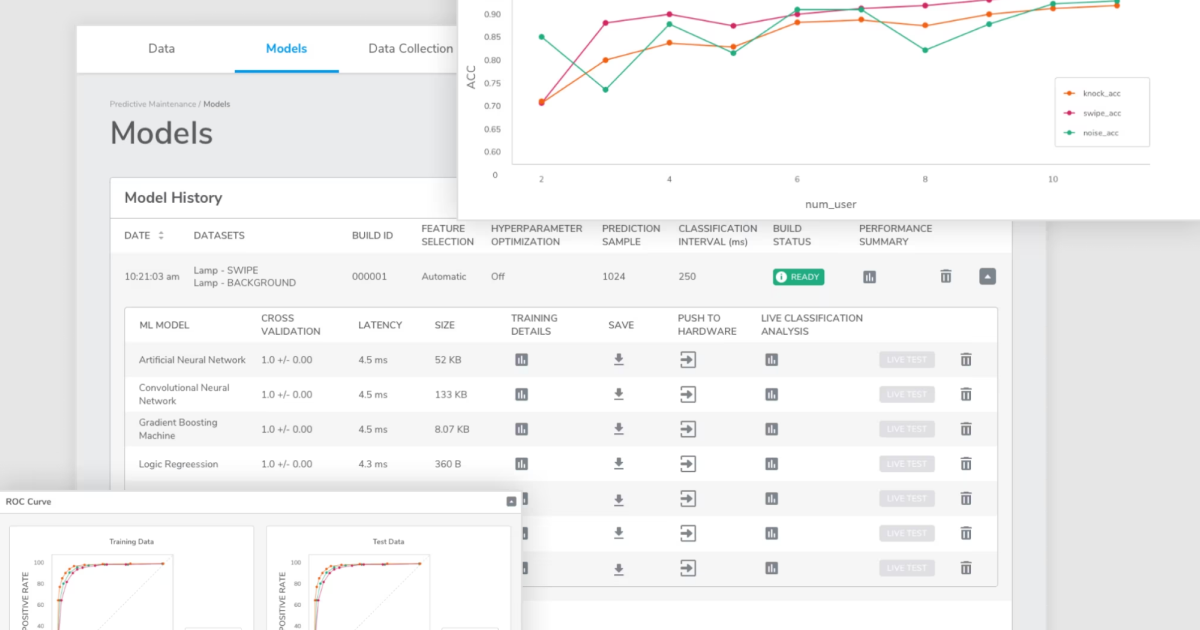
Cybersecurity within the U.S. oil and gas industry has attracted increasing concern in recent years from a national security and infrastructure perspective as well as the potential risk of future disruptions to oil prices affecting the economy as a whole.
BreachBits analyzed oil and gas upstream, midstream, downstream and associated supply chain companies operating across the industry discovered companies in its “BreachRisk: Energy 2022” study. In the study, BreachBits ranked 59% of companies at medium risk for a cyber breach, 13% at low risk and 28% at very low risk.
“On average, the oil and gas companies we observed were at medium risk, with a score of 4.1 out of 10 on our BreachRisk scale, but that risk was not distributed evenly across the sector,” said BreachBits CEO and co-Founder John Lundgren.
BreachBits measures an organization’s BreachRisk as the likelihood of a successful breach against the potential impact to the subject.
Medium risk companies are those that a hacker would pursue, knowing there was a reasonable chance of perpetrating a successful breach over a period of three to six months. That timeline suggests a hacker is taking a quiet approach and could be much shorter with a more direct attack.
The assessment did observe two correlations between higher risk organizations and company revenue and employee base within the core population.
Companies with more than $50 million in annual revenue are at a higher risk of breach due to an increased rate of ransomware threats observed. Attackers are naturally attracted to companies with larger revenue because they believe the companies have a greater ability to pay ransoms. Attackers may also spend more time surveying companies with higher revenues because of the tendency of those companies to have larger attack surfaces.
Companies with more than 250 employees also face increased risk because of the larger number of attack vectors. Larger organizations mean greater employee anonymity, making it easier to exploit trust assumptions using social engineering tactics such as phishing or physical penetration methods. Security departments for larger companies should conduct exhaustive analyses of their attack surfaces to identify and eliminate potential risks.
“We measure cyber risk based on actual threats and viable attack vectors, not hypothetical ones, and we do that from the hacker’s perspective,” said BreachBits Chief Operating Officer and co-Founder J. Foster Davis. “That means the risks we identified in this study are the same observations being made by active cyberattackers.”
Edited by
Erik Linask





